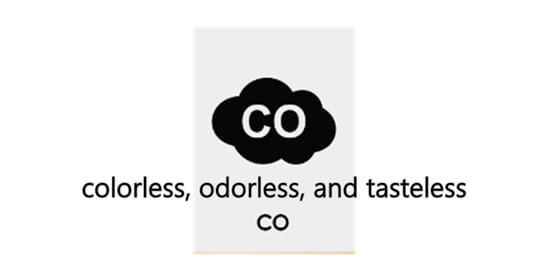Carbon monoxide detectors are life-saving devices designed to alert occupants when dangerous levels of carbon monoxide gas are present. Known as the "silent killer," CO is colorless, odorless, and tasteless, making it impossible to detect without specialized equipment 16 Here’s why these carbon monoxide detectors are essential:
???? 1. Preventing Poisoning
Carbon monoxide forms when fuels like gasoline, wood, propane, or methane burn incompletely. Common household sources include:

Heating systems or furnaces
Cooking appliances (e.g., gas stoves)
Vehicles running in attached garages 6
CO detectors continuously monitor air quality, sounding an alarm before concentrations reach lethal levels.
???? 2. How They Work
Most detectors use electrochemical sensors or metal oxide semiconductors (e.g., platinum catalysts or NixCo₁ₓOᵧ films). These sensors trigger alarms when CO interacts with them, causing measurable electrical changes 12 units detect CO as low as 100 parts per million (ppm)—critical for early warnings.
???? 3. Where They’re Used
Homes: Required near bedrooms and on every floor in many regions.
Vehicles/RVs: Alerts from exhaust leaks.
Industrial/medical settings: Monitors workplace safety 2
⚠️ 4. Key Benefits
24/7 protection: Operates at room temperature for constant vigilance.
Fast response: Alarms within minutes of detecting CO.
Legal compliance: Mandatory in rental properties/homes in many areas.
???? Installation Tips
Place detectors away from fuel-burning appliances but near sleeping areas. Test monthly and replace units every 5–7 years.
Why This Matters
CO poisoning causes headaches, dizziness, death, and thousands of hospitalizations yearly. Carbon monoxide detectors are the first line of defense, bridging the gap between invisible danger and actionable safety 16 Prioritize installing and maintaining these devices—they save lives.
-
 How Do I Know If There’s Carbon Monoxide in My House?
How Do I Know If There’s Carbon Monoxide in My House?Do you like ?0
Read more -
 What Would Set Off a Carbon Monoxide Detector ?
What Would Set Off a Carbon Monoxide Detector ?Do you like ?0
Read more -
 What can we do to prevent carbon monoxide poisoning in winter ?
What can we do to prevent carbon monoxide poisoning in winter ?Do you like ?0
Read more -
 How to prevent carbon monoxide poisoning in hot summer ?
How to prevent carbon monoxide poisoning in hot summer ?Do you like ?0
Read more -
 How to prevent carbon monoxide poisoning in cars ?
How to prevent carbon monoxide poisoning in cars ?Do you like ?0
Read more -
 How to prevent carbon monoxide poisoning in cars during summer ?
How to prevent carbon monoxide poisoning in cars during summer ?Do you like ?0
Read more








